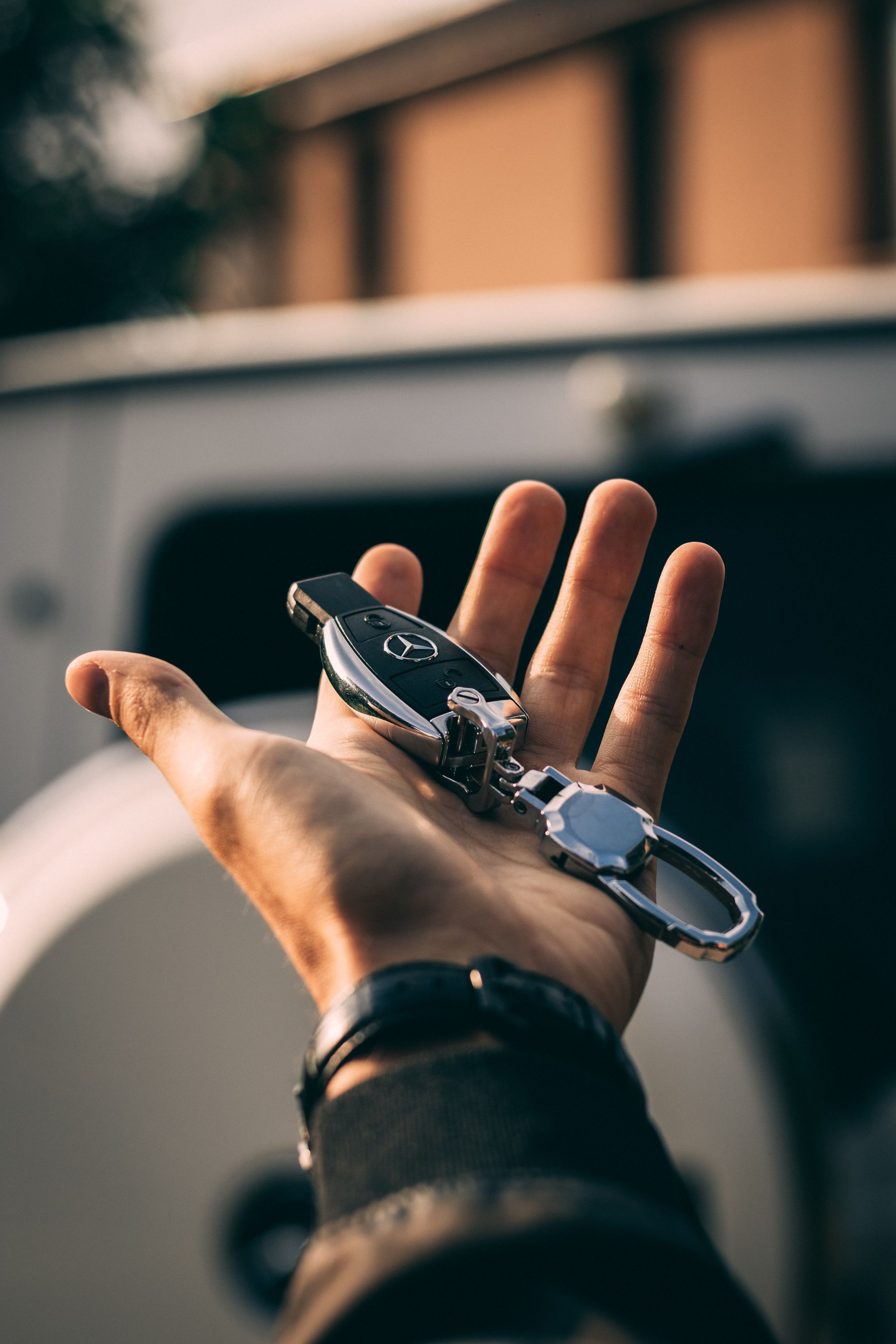What to do After an Auto Accident

Even drivers with the safest habits can get in an accident — whether it’s fishtailing on ice or getting rear-ended by another car.
So, it’s important to know what to do and be prepared just in case.
How to prepare
Even though no one plans to be in a car accident, it’s smart to be prepared. Some of the preparations below would be helpful in other situations, like if your car breaks down or you somehow get stranded on a road trip.
The Insurance Information Institute recommends the following three things:
Keep necessary documents ready — You should have your car’s registration and insurance cards in your car. Be sure that the insurance cards you have are the most recent ones since auto insurance typically renews every 6 months. These documents are also important to have on hand if you are pulled over.
You’ll also need to have your drivers license with you. Most people keep this in their wallet as a form of ID.
Create an emergency kit — Keep water, snacks, first aid, pen, and paper in your car. Consider other emergency preparedness items like a shovel, emergency blanket, hard candy, flashlight, traffic cones…etc. An emergency kit will make it easy to write a note, exchange information, manage stress, and do basic first aid.
Review your insurance coverage — It’s always worthwhile to re-evaluate your auto coverage. Be sure that you’re comfortable with your policy’s coverage limits and what type of coverage you have. As your life changes, you may need to make adjustments to your coverage. For example, if you’re finishing school and starting your career, you may decide to increase your coverage limits.
What to do
When you’re in an accident, there are several things you need to do. Most things need to be done immediately following the accident or shortly after the accident occurs.
Assess the situation — Check to see if you or your passengers have any clear injuries that need immediate attention. If injuries are serious, don’t move. Sometimes moving can cause further injury. Call 911, and let the professionals do their job.
Determine how damaged your car is. If your car isn’t too damaged and there aren’t any severe injuries, move your car to the side of the road or to another safe place nearby out of traffic.
If you feel safe and are able to get out of the car, check on the other car to see if there are immediate medical needs that need to be met. If so, call 911.
Notify the authorities — Even if no one needs immediate medical attention, call the police on a non-emergency number to report the accident. If there’s significant damage or injuries, you need to notify authorities.
Once the police arrive and create a report, ask to take a picture of it so you can reference it easily if needed.
If the police can’t come, you can file a report yourself. Filing a report is worth doing since it’s important in the claims process and will help if either party files a lawsuit.
Start documenting what happened — Notice if there are any witnesses around who can describe the accident. Ask them to stay to talk to the police or even to write down their own account of what they saw. Be sure to get their contact information. When officers arrive, also get their information.
Next, start taking pictures of the damage on your car and the other car. If possible, it’s best to do this before moving the cars from the accident scene. Take pictures of the roadway to show what the road conditions were and if there were any obstructions on the road. These photos will help with insurance claims and any legal action that results from the accident.
Write your own account of what happened. You can use pen and paper or write it on your phone. Focus on your experience and what you know. Don’t worry about what the other driver says.
Watch what you say — Don’t assume fault for the accident. Let the police and insurance companies gather facts and assess fault. After all, you only know what you experienced, so you do not have all of the details.
You should also be careful what you say about injuries. Not all injuries from an accident will show up immediately. You may have whiplash or something else that will show up later. If you don’t need an ambulance or paramedics, that’s reasonable to communicate, but you’ll want to avoid blanket statements.
Be wary of taking a payout from the other driver or making another kind of deal. You should also avoid making statements about insurance — what your insurance coverage limits are and whether or not you plan to file a claim or get a lawyer.
Exchange insurance, name, and contact information — You’ll need to be able to contact the other driver and their insurer, so get their information and give them yours. If you hit a parked car and can’t find the owner, leave your information and explain what happened in a note under their windshield wiper.
File a claim — Depending on the accident and the severity of the damage, you’ll need to file a claim with your insurer or the other driver’s insurer. It’s best to file as quickly as possible.
Taking these steps will help you handle an emergency situation, take care of your needs, and protect yourself.





